![]()
![]()
![]()
![]()
![]()
![]()

Behind a very long name lies a sleek, if somewhat conservative looking music server split in two – a desktop chassis with a CD-drive and a 15” or 17” touch screen. It supports 4 distinct zones that can be controlled separately, either from the touch screen or from a 3rd party remote [presumably via uPnP]. The server comes in 4 flavours from 250GB to 1.5TB. Files can be stored in lossless format and there is a digital output for attaching an external DAC at a resolution of up to 24bit/192KHz.
From the more unusual side of the feature set, we find not only CD burning but downscaling for iPod playlists and direct purchasing and download from Music Giants at full resolution. Not to mention the ability to play 1-second samples of arbitrary songs without interrupting whatever else is playing [except, of course, for the played sound sample].
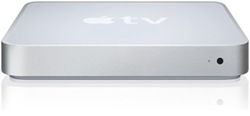 It just occurred to me that I had forgotten one of the major players in the field of digital media – Apple. Last year they canonballed their Apple TV into the arena and it really does deserve a mention.
It just occurred to me that I had forgotten one of the major players in the field of digital media – Apple. Last year they canonballed their Apple TV into the arena and it really does deserve a mention.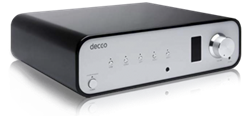 This is not your everyday device! Period. Well, exclamation mark, really. It is not a streamer but a DAC with an integrated 50W amplifier with a tube driven preamp. It has an USB to connect to a computer and an assortment of digital inputs for other digital devices. Add to that 2 analogue inputs and you have a centrepiece for your audio system.
This is not your everyday device! Period. Well, exclamation mark, really. It is not a streamer but a DAC with an integrated 50W amplifier with a tube driven preamp. It has an USB to connect to a computer and an assortment of digital inputs for other digital devices. Add to that 2 analogue inputs and you have a centrepiece for your audio system. Now to the digital inputs. The Decco supports the
Now to the digital inputs. The Decco supports the  A household name in hi-fi circles and it can hardly surprise anyone that Arcam too have a media streamer. It supports lossless encoding, even if it is unclear which formats. The MS250 contains a 400GB harddisk and ripping capabilities. Add to that streaming to 4 simultaneous zones and that in itself should be a nicely equipped addition to most audio systems. What makes this apparatus truly stand out is not its digital connections but its analogue input. It can actually record or stream from an analogue source – nifty! Really; consider streaming from your turntable to 4 different rooms… nifty!
A household name in hi-fi circles and it can hardly surprise anyone that Arcam too have a media streamer. It supports lossless encoding, even if it is unclear which formats. The MS250 contains a 400GB harddisk and ripping capabilities. Add to that streaming to 4 simultaneous zones and that in itself should be a nicely equipped addition to most audio systems. What makes this apparatus truly stand out is not its digital connections but its analogue input. It can actually record or stream from an analogue source – nifty! Really; consider streaming from your turntable to 4 different rooms… nifty!
 Like a couple of other devices mentioned here, this is one of those almost-need-to-have things. It rips, plays and serves. There is a CD/DVD transport that supports
Like a couple of other devices mentioned here, this is one of those almost-need-to-have things. It rips, plays and serves. There is a CD/DVD transport that supports 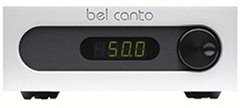 One of my favourite Shakespeare one liners [the better part of a verse, more like] is Juliet’s immortal outburst at Romeo; that had he been the nephew of
One of my favourite Shakespeare one liners [the better part of a verse, more like] is Juliet’s immortal outburst at Romeo; that had he been the nephew of 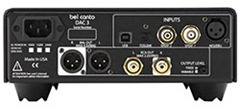
 With their MusicPal internet radio, Freecom shows a fairly classy looking albeit, barebone device. Like the
With their MusicPal internet radio, Freecom shows a fairly classy looking albeit, barebone device. Like the 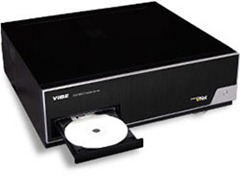 This is an awsome implementation of a dead simple concept. The Vibe Audio System consists of a media server with
This is an awsome implementation of a dead simple concept. The Vibe Audio System consists of a media server with 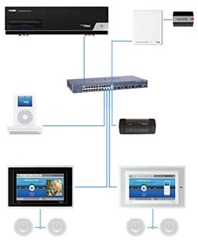
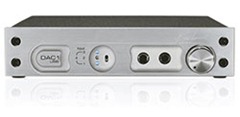 The Benchmark DAC1 is not a streamer; it is a digital to analogue converter – a
The Benchmark DAC1 is not a streamer; it is a digital to analogue converter – a